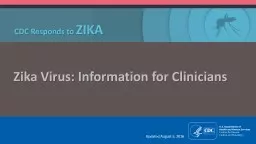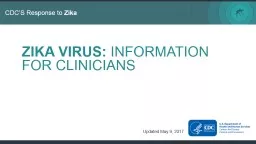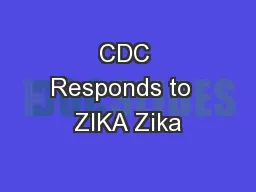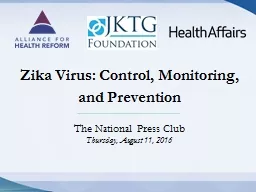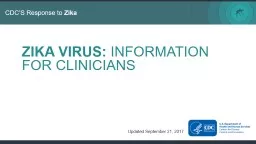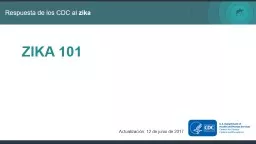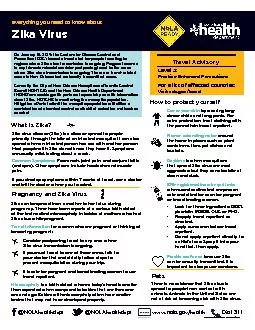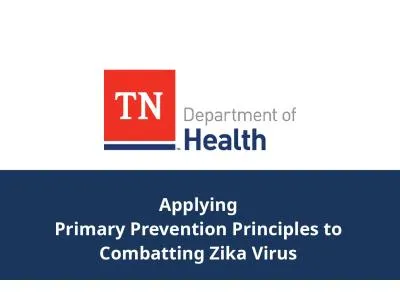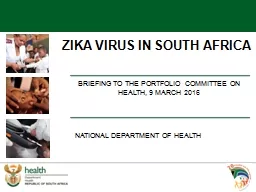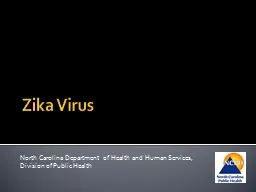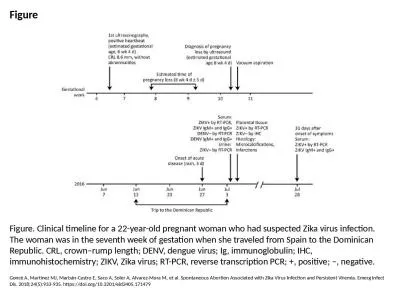PPT-CDC Responds to ZIKA Zika Virus:
Author : sterialo | Published Date : 2020-06-23
Information for Clinicians Updated August 5 2016 This training provides clinicians with information about Zika virus epidemiology Diagnoses and testing Case
Presentation Embed Code
Download Presentation
Download Presentation The PPT/PDF document "CDC Responds to ZIKA Zika Virus:" is the property of its rightful owner. Permission is granted to download and print the materials on this website for personal, non-commercial use only, and to display it on your personal computer provided you do not modify the materials and that you retain all copyright notices contained in the materials. By downloading content from our website, you accept the terms of this agreement.
CDC Responds to ZIKA Zika Virus:: Transcript
Download Rules Of Document
"CDC Responds to ZIKA Zika Virus:"The content belongs to its owner. You may download and print it for personal use, without modification, and keep all copyright notices. By downloading, you agree to these terms.
Related Documents

